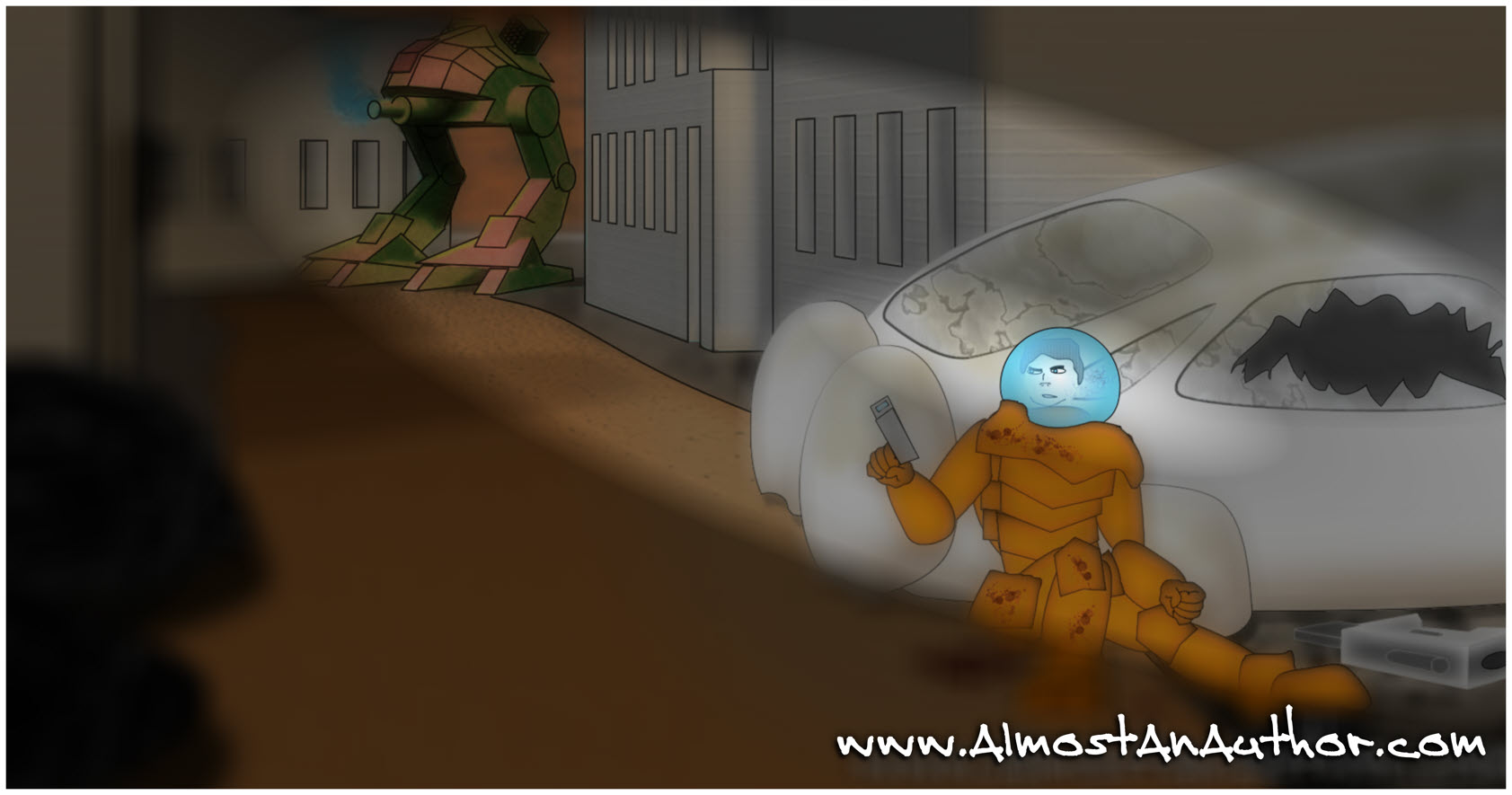In the early 2000s, Blake Snyder released Save the Cat! The Last Book on Screenwriting You’ll Ever Need. This work on story structure became often cited and highly influential. While originally written for scripts and screenwriting, many authors saw value in adopting it’s three-act structure concepts for their novels.
Hollywood continues to innovate. In recent years, a different take on story structure has gained popularity. Dan Harmon, the co-creator of Rick and Morty, developed a structure called Story Circle. Michael Waldron, showrunner on the Disney+ Loki series, adopted it. He had previously worked with Harmon on Rick and Morty.
Proving we all stand on the shoulders of giants, Harmon created his Story Circle based upon the monomyth theory of Joseph Campbell, also known as The Hero’s Journey. Like Snyder’s three-act structure in Save the Cat!, the Story Circle helps an author structure their story to give the audience a satisfying and entertaining experience.
The Story Circle is composed of eight steps.
- Step 1-You.
- A character is in a comfortable situation
- Step 2-Need
- However, they seek something
- Step 3-Go
- They venture into an unfamiliar place or situation.
- Step 4-Search
- They get used to or adapt to their new situation
- Step 5-Find
- They get what they’re looking for
- Step 6-Take
- They pay a high price for it
- Step 7-Return
- They go back to their familiar situation
- Step 8-Change
- They have changed
You want a circle like this for each main character, and for your antagonist. You’ll also want to do one for each episode or book in the series, but also a larger one with these steps as the characters progress over the entire series.
This is an oversimplification of the process. Let’s look at an examples to flesh this out.
Step 1-You
Introduce your main character and their world before the events of the story begin. In order to appreciate the change at the end of the story, we must firmly establish where the character started and who they were.
Loki Episode 1–We introduce Loki after his escape from the Battle of New York.
Step 2-Need
Some event takes place that presents a problem or question to our main character. Step one, You, answers who the story is about. Step two, Need, answer what the story is about.
Loki Episode 1–Loki wants to escape so he can be special. He needs the Tesseract back.
Go
This is the step where the character leaves their normal world and enters the unknown. The Need has to drive your character into action. If there’s a Need, and your character doesn’t Go, you might as well roll the credits. The story is over. While your character must have agency, it’s up to you as the author to set up the circumstances in such a way that the character can’t refuse to go.
Loki Episode 1–TVA needs his help. Loki steals a time device and escapes.
Search
This doesn’t have to be a literal, physical search (though with Loki it is). This is where the author starts throwing obstacles and complications at our character. The character must learn and change from each challenge they overcome.
Loki Episode 1–Loki is unhelpful. He searches the TVA for the Tesseract.
Find
Congratulations! Your character has searched and grown and found the thing that started him on the journey. Roll credits. Or not. Your character’s journey up to this point has shown them what they needed at the start is no longer what they need. Plot and character development will dovetail.
Loki Episode 1–Loki finds the Tesseract. It’s being used as a paperweight.
Take
“The bill comes due,” as Mordo said at the end of Dr. Strange. The character must pay a price for their victory. She loses something important to her in finding what she thought she needed. This could run the gamut from a simple setback to the death of a major character, depending on the genre and the type of story you want to tell.
Loki Episode 1–Loki takes the Tesseract. He realizes it won’t get him out of the TVA. Its magic doesn’t work. His magic doesn’t work. He’s not special.
Return
The character returns to their normal life with their prize, and lessons learned. They are no longer the person they were when they left on their journey.
Loki Episode 1–Loki returns to the interrogation room.
Change
Change must happen to the character, but the author can show change to the circumstances in the world as well because of the character’s actions. The changes don’t always have to be positive. Perhaps the character changed for the better, but the world changed for the worse and you’ve set up the sequel.
Loki Episode 1–Now Loki is broken and ready to help the TVA. Notice that he’s helpful is on the polar opposite point of the circle from his being unhelpful.
The beauty of the Story Circle is it can apply to many stories, whether they be romance, mystery, thriller, or comedies. As a cycle, the story circle is wonderful for serial content like TV shows, movies franchises and book series. It’s a more refined Hero’s Journey. A more cathartic journey of true evolution that is more character driven than plot driven.
You don’t have to choose between the Story Circle and the three-act structure. You can use them both to better understand your story, whether you meticulously plotted out every detail or discovered it organically as you wrote the first draft. The important thing is to arrive at a great story. Use any and all tools and techniques at your disposal.

Ted Atchley is a freelance writer and professional computer programmer. Whether it’s words or code, he’s always writing. Ted’s love for speculative fiction started early on with Lewis’ Chronicles of Narnia, and the Star Wars movies. This led to reading Marvel comics and eventually losing himself in Asimov’s Apprentice Adept and the world of Krynn (Dragonlance Chronicles).
After blogging on his own for several years, Blizzard Watch (blizzardwatch.com) hired Ted to be a regular columnist in 2016. When the site dropped many of its columns two years later, they retained Ted as a staff writer.
He lives in beautiful Charleston, SC with his wife and children. When not writing, you’ll find him spending time with his family, and cheering on his beloved Carolina Panthers. He’s currently revising his work-in-progress portal fantasy novel before preparing to query.
Ted has a quarterly newsletter which you can join here. You’ll get the latest on his writing and publishing as well as links about writing, Star Wars, and/or Marvel.





No Comments